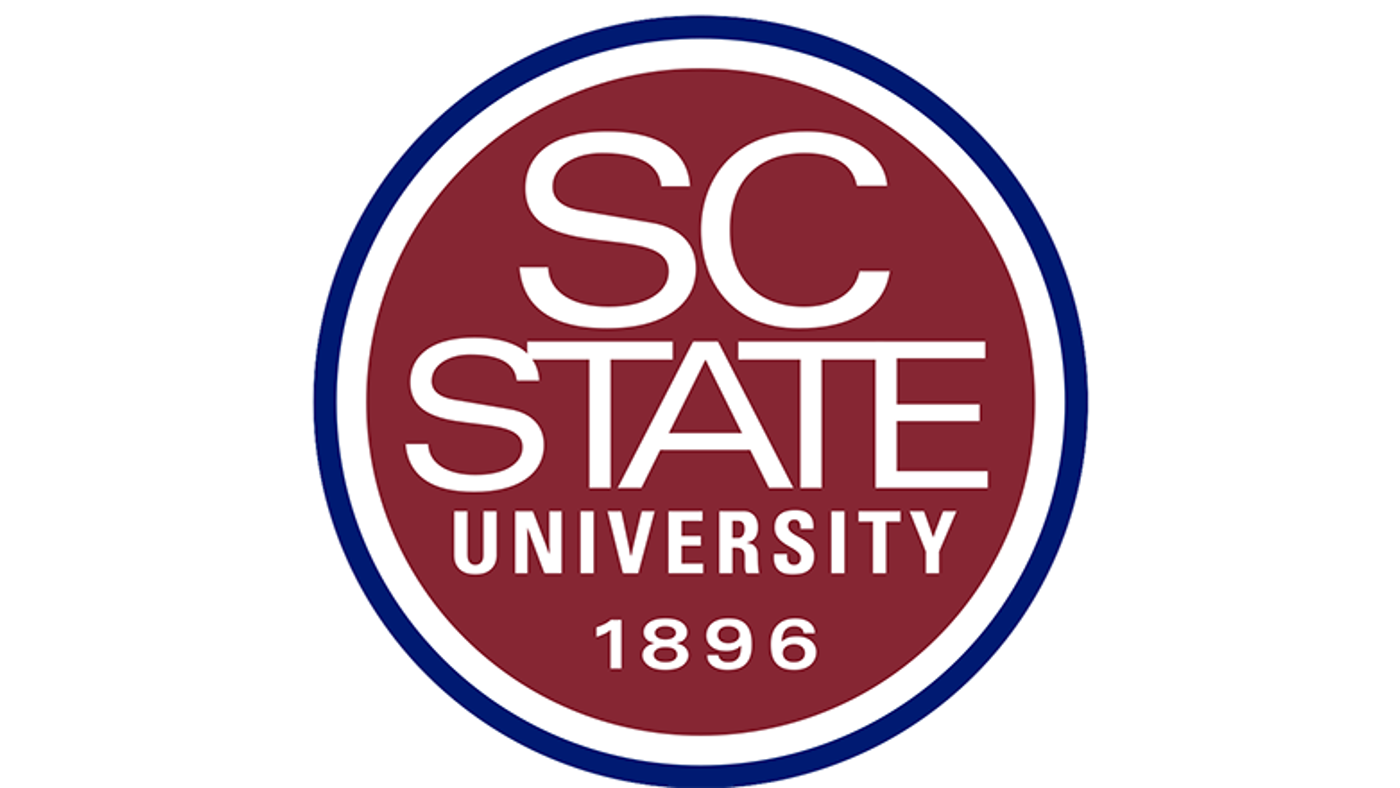It’s an exciting time for agriculture at SC State University. Dr. Lamin Drammeh is the Associate Vice President for Public Service and Agriculture, and he tells SFN that through two mega grants from USDA, they’re working with farmers to adopt climate smart practices to sequester carbon.
“Cover crop is one of those conservation practices. The second conservation practice is strip till, reduced till to no till, and the third one is mulching, plastic or regular mulch. And then we have farmers engaged in all those practices at various levels. Some are adapting to practices from one, some three, and we are incentivizing them about $1,500 per acre.”
Drammeh says they’re focusing on leafy greens and peanuts, and the small and underserved farmers which SC State works with are excited about the opportunities.
“We are providing them information, technical information, educational information about the practice, we are meeting them where they are. Our extension agents are within the communities where the farmers reside. We have (a) long history with the farmers, over 100 years of working with limited resource underserved farmers. That is our forte. We are serving them at their pace. We are working with them at the speed of trust. Some of the farmers have experiences that were negative in the past. We are cultivating relationships to build on those experiences to take them out and put new experiences of trust and responsibility, accountability and commitment.”
Dr. Drammeh says 228 farmers enrolled for year one which was far more than they anticipated.
“When we were writing the proposal, we always considered leafy greens. We put about 10 acres for compensation that we will incentivize our farmers operate in acres. At the time of the interest phase and the enrollment phase, more farmers showed up. So we had to reduce the acreage (so as) not to discourage anybody. So we reduced the acres to eight so that we can accommodate every farmer who saw that. So it exceeded expectation. And we don’t see any difference for year two.”


